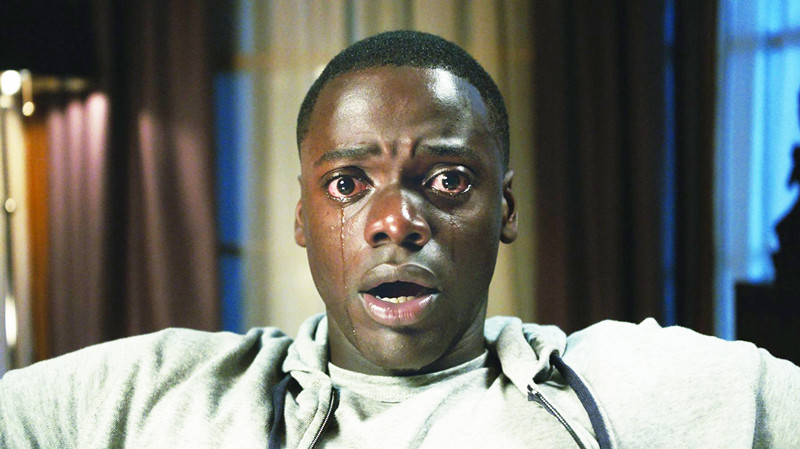
Academic and film historian Leo Braudy once wrote, “Genre films essentially ask the audience, “Do you still want to believe this?” Popularity is the audience answering, “Yes.” Change in genre occurs when the audience says, “That’s too infantile a form of what we believe. Show us something more complicated”.
This quote can accurately be attributed to the many different popular genres that have defined cinema since its earliest days. No genre form has remained the same since its inception. All have evolved at some point to stay relevant as society evolves and adapts to the world around it. Some genres, however, like the Western, Swashbuckler, Teen flick and Space Opera, are examples that have fluctuated in popularity. They have come and gone and sometimes even come back as nostalgic or burlesque pieces before disappearing again, unable to show their audiences something more complicated.
One genre, however, has withstood the test of time, able to avoid audience indifference: horror.
Since its beginning, horror has been a staple of the film industry. From German Expressionism to Gothic Monsters, from Slasher to Splatter, the horror genre has managed to survive for over a century, adapting to audience’s tastes, sensibilities and interests. While the genre was still enjoying relative financial success at the box office, it was at risk of growing stale. Ideas were being recycled, style was emphasised over content and the genre was frequently the subject of satirical adaptations where it was derided rather than praised.
So what comes next? The answer could best be described as metaphorical horror. These films take typical horror iconography and apply it in a way that reflects real life anxieties and fears. It Follows was about youth and sexuality, The Babadook about mental illness and grief and now Get Out is about race relations.
But while It Follows and The Babadook were boutique pieces of cinema, not truly appreciated by a wider audience until long after its release, Get Out’s popularity has been well established. Currently holding a 99% on Rotten Tomatoes and earning over $250 million at the box office (with only a $4.5 million budget), Get Out’s success is obvious.
But how did a small horror flick with no star power, a limited budget, a first time director and a politically charged story about race manage to find such a wide and diverse audience.
8. Horror? Comedy? Satire?
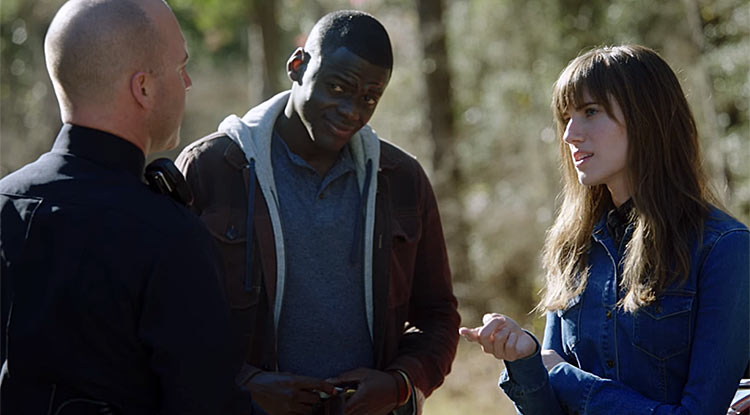
During a social gathering at the Armitage family home, Chris is introduced to numerous family friends and members of the community as Rose’s new boyfriend. The guests do not seem at all fazed by the relationship, even making inappropriate remarks regarding apparent athleticism and even sexual prowess. All brought up casually in an effort to categorise Chris as a black man. Perhaps this scene best represents any effort to categorise Get Out’s genre.
While just a horror film on the surface, Jordan Peele has layered the film in a cocktail mixture of horror, terror, comedy, satire and references to both film and the real world. It is impossible to define the film. Mixing genres is hard and, in the wrong hands, can be a total failure. Yet Peele manages to defy expectations as a first time director and not only compliments each genre in the film, but weave them together. Tension plays a huge part in Get Out but Peele elicits terror in a completely new way: through cringe.
Watching the numerous faux pas committed by the Armitage family and their guests towards Chris is enough to make anyone feel uncomfortable. We laugh at the inappropriate comments but at the same time they feed our sense of dread, one compounded by the bizarre behaviour exhibited by Georgina, Walter and Logan. This heightens Chris’ senses of isolation, reinforcing the audience’s own sense of dread.
Audiences are subconsciously trained to recognise genre, meaning that we immediately make assumptions and create expectations over what we are about to watch. Get Out pulls the metaphorical rug out from underneath us as multiple genres collide creating a collage of terrifying yet hilarious tropes, leading to a whole unique viewing experience. Audiences constantly talk about wanting to see something new. Get Out delivers.
7. Debut Horror Feature for a Comedian
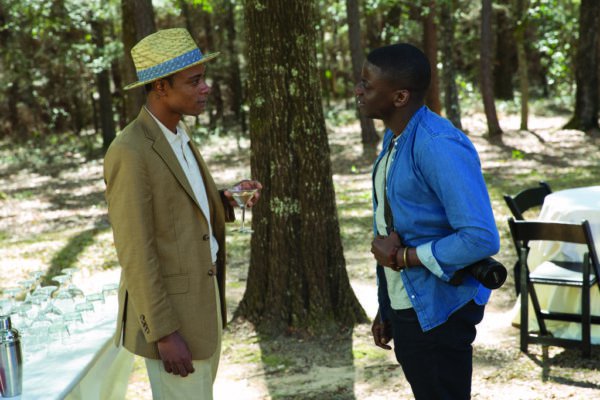
Perhaps what is most shocking about Get Out’s success is the voice behind it. Producer Jason Blum is a popular name in the horror genre. His production company, Blumhouse Productions, has been responsible for several contemporary horror classics including Paranormal Activity, Insidious, The Purge and Split. The name Jordan Peele, however, is not a name commonly associated with the genre.
Peele’s career as a comedian, best known as one half of Key & Peele, makes it bizarre that his debut feature film would be a horror film. Yet, in retrospect, Peele is the perfect choice for a horror film that examines the complex nature of racism.
It would have been too easy to set the film in the rural Deep South. Images of dilapidated farms and murderous hillbillies mixed with the historical stain of racial discrimination are a familiar concept. Yet, Peele is not interested in going after the Alt-Right, he wants to go after something different.
On the surface, the Armitage’s seem like a normal family yet their attempts to relate to Chris as a black man frequently fall flat, creating an awkward situation for both Chris and the audience. Think Meet the Parents meets Guess Who’s Coming to Dinner. The tact needed to convey this mixture of awkward humour and isolating unease takes skill, especially by using humour to build tension.
6. Tension and Suspense over Blood
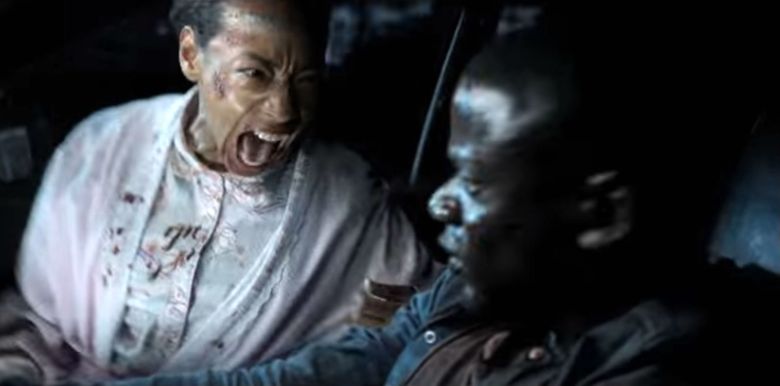
Throughout the 2000’s, the horror genre was dominated by the Splatter sub-genre, most commonly known as torture porn. Audiences seemed to engage with films that pushed the limits of good taste, presenting scenarios involving excessive violence, blood and human degradation. The most popular were films like Saw, Hostel and The Devil’s Rejects before the sub-genre reached its illogical conclusion with films like The Human Centipede and A Serbian Film, emotionally empty pseudo-snuff films. By this point, the sub-genre had run out of fresh ideas. Something needed to change.
Perhaps this is why audiences are beginning to embrace original horror films that focus more on tension and suspense as opposed to over the top violence. While Get Out does contain violence, it is violence that compliments the tension that Peele spent two hours establishing. By the time the blood flows at the end, the stakes have already been well established. The audience knows what is at risk for Chris.
Get Out is the perfect representation of a mixture between terror and horror. The difference between the two is terror is a sense of impending dread while horror is the emotional response after the fact. Basically, terror is the build-up and horror is the aftermath. For years, the genre has relied primarily on horror, using blood, gore and lazy jump scares. Get Out proves that the best horror is built on the back of intelligent and hard working terror based filmmaking.
5. Character and Performances
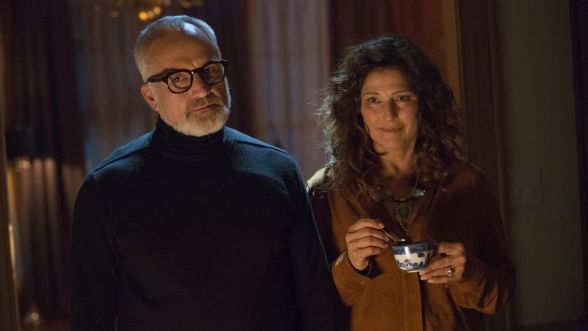
One criticism of the horror genre in recent years has been poor characterisation. In the Slasher sub-genre, various character tropes and clichés emerged and characters were no longer complex individuals. Rather, they were tropes such as the jock, the nerd and the Final Girl. These tropes were soon mocked in satires such as Scream and Scary Movie. With the Splatter sub-genre, these tropes were removed entirely, turning characters into cannon fodder for the filmmakers.
Just like It Follows and The Babadook, Get Out pays particular attention to its characters. Their fears are multilayered. The teenagers of It Follows may fear ‘It’ but they also fear intimacy and their own sexuality. Amelia and Samuel may fear the Babadook, but they also fear the depression and grief that lingers in their minds. Get Out is not just about the racism experienced first hand, but how it impacts the psyche of individuals.
This type of depth could not have been achieved without strong performances. Apart from his appearances in several British TV shows including Skins, Psychoville and Black Mirror, most audiences would only recognise Daniel Kaluuya from his supporting role in Sicario. However, Get Out proves that Kaluuya is a talent to behold.
The perfect blend of charm and quiet rage. His forced smile in the face of casual racism and amusement at Rose’s open outrage at the intolerance she is now only witnessing for the first time shows a life time of restraint on display. This type of subtle outrage could have easily been mishandled. The wrong actor/director team could have ended up presenting a moment of moral grandstanding that comes across as preachy. Instead, Peele puts his faith in Kaluuya’s subtle performance, presenting questions to the audience that may not necessarily be answered.